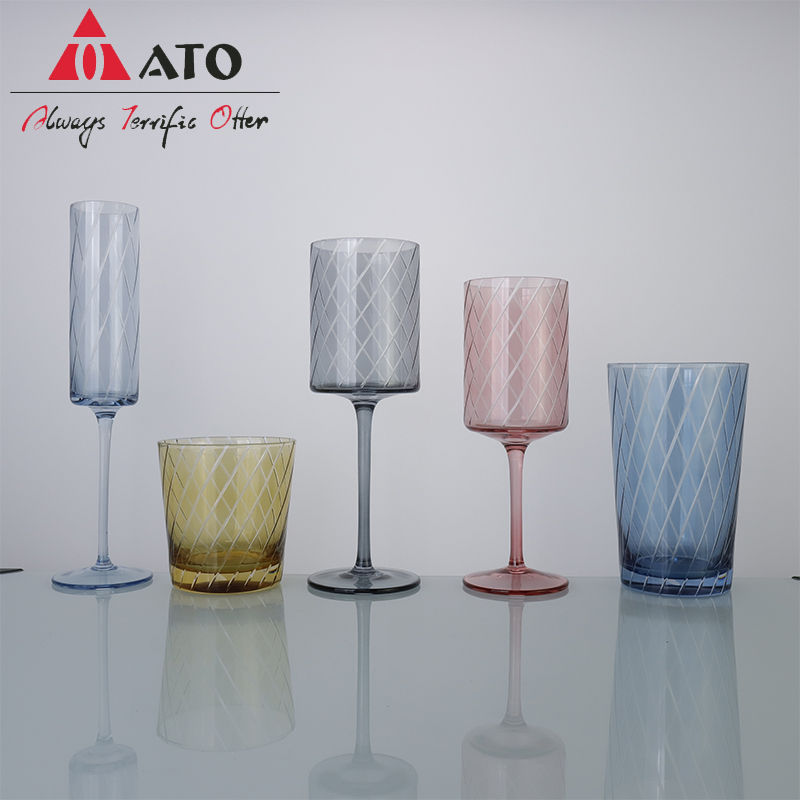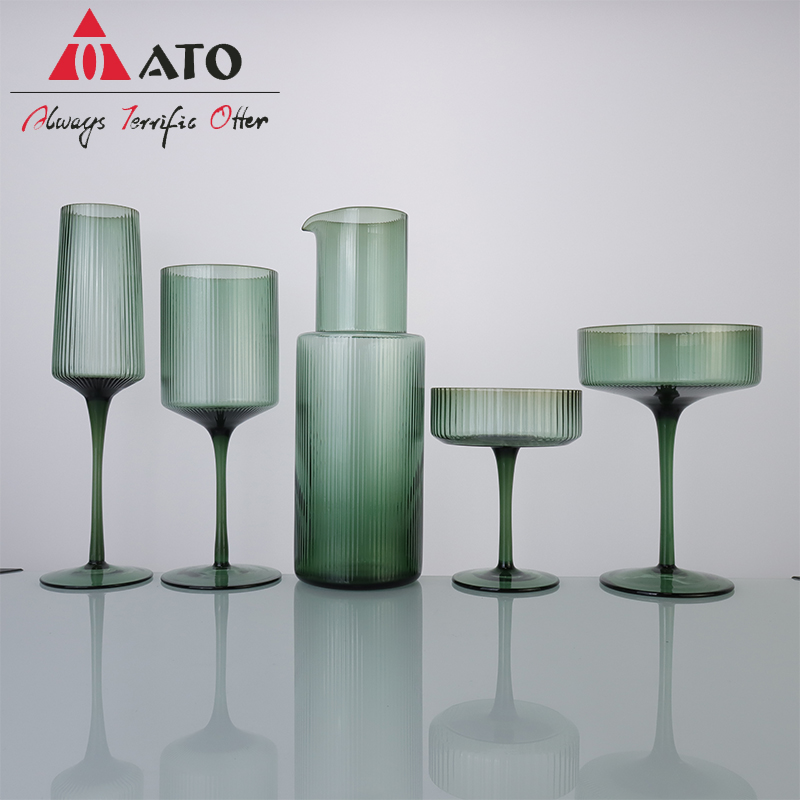Application of New Phosphating Solution in Steel Bar Coating Pretreatment
Miao Xuefeng
Abstract: This paper introduces the application of a new type of phosphating solution in the steel drum pretreatment spray production line. The new phosphating solution is simple to operate, no need to detect the total acidity and free acidity of the working fluid, only need to control the working fluid. The value of PH; does not contain toxic and harmful substances such as nitrous salt; has the advantages of very little sediment and a large treatment area.
Key words: steel drum, iron drum, phosphating, surface treatment, phosphating solution, degreasing agent
I. Introduction
The barrel and lid of the steel drum are mainly formed by cold-rolled sheet stamping and welding. At present, most steel drums on the market are galvanized drums and painting drums. This paper focuses on the application of new products in the spray production before spraying and barreling. It requires strong anti-corrosion performance in the barrel and can not contain toxic and harmful substances, such as chemical barrels and juice barrels.
Second, pre-painting equipment
According to the shape and structure of the steel drum and its own production process characteristics, it is advisable to use a pretreatment spray production line.
The spray treatment equipment mainly includes a liquid storage tank, a sprinkler system, a ventilation system and related equipment. Related equipment mainly includes heating system, slag removal system and conveying system.
Third, the pre-painting treatment status
The surface of the cold-rolled steel sheet mainly contains oil and no rust. Therefore, the pretreatment station is mainly centered on degreasing and phosphating. The overall process flow is as follows:
Pre-degumming → degreasing → washing → washing → surface adjustment (this station can be omitted) → phosphating → washing → drying
1, skim
The high-quality phosphating film can only be formed on the surface of the workpiece after the oil is completely removed, because the oil residue remains on the surface of the workpiece not only seriously hinders the growth of the phosphating film, but also affects the adhesion of the film, drying performance, decorative properties and corrosion resistance. performance.
Commonly used degreasing agents are: strong alkaline degreasing agent, weak alkaline degreasing agent, organic solvent fat agent; according to temperature: high temperature, medium temperature, low temperature various degreasing agents.
Strong alkaline degreasing agent contains a large amount of caustic soda (sodium hydroxide), which is not easy to clean; in addition, the temperature of the degreaser should not be too high (generally about 50 °C) to avoid drying before washing, causing rust after phosphating phenomenon.
The choice of the deesterification liquid should fully consider the oil condition of the working surface and the amount of foam of the degreasing agent, so as to avoid excessive production of foam or unnecessary consumption.
Phosphate LT-213 low temperature weak alkali degreasing agent, temperature control between 45-55 ° C, time 3-5 minutes, can completely remove oil, the workpiece is easy to clean, the cleaned water film of the workpiece can completely wet the surface of the workpiece.
The spray pressure of the degreased workpiece should be higher to ensure the degreasing effect. Generally, the pressure is 0.1-0.5 MPa. The spray time is controlled for 2 minutes to ensure sufficient reaction of the degreased liquid with the oil.
Preparation of degreasing tank: LT-213 low temperature weak alkali degreasing agent 5% + water 95%.
2, washed
The washing station is divided into three lanes. After the first two water washings are degreased, the third water washing is after phosphating. The pH value of each large washing should be controlled between 5-7 to maintain the cleanliness of the water. The spray pressure of the washing station is usually controlled at 0.1 MPa.
3, table adjustment (can omit this station)
The metering tank usually only controls the pH value: it should generally be controlled between 8-9.5.
Preparation of the surface conditioning liquid: LT301 titanium salt surface conditioning agent 0.1-0.3% water.
4. Phosphating
Phosphating refers to a method in which a metal workpiece is treated with an acidic solution containing dihydrogen phosphate dihydrogenate to form a stable insoluble or poorly soluble phosphate film by chemical reaction. It is a phosphate film. The main role of the phosphating film is to improve adhesion and increase the corrosion resistance of the coating. There are many varieties of phosphating solution on the market, although the treatment effect can meet the requirements stipulated in the technical conditions of phosphating treatment of GB6807-2001Q steel workpiece before painting, but there are carcinogens with complicated operation, containing a lot of nitrous salt, and cost. Higher defects. Phosphating LT-101 low temperature zinc color film phosphating solution is not only easy to operate, but also has the advantages of no toxic and harmful substances, low cost, fast phosphating speed and long service life, and conforms to GB6807-2001 and GB/T11376. -1997 Standard for phosphate conversion coatings for metals. This product has been well received by the long-term use of many companies.
The spraying pressure of the phosphor chemical station is too low, which may cause incomplete phosphating; if the pressure is too high, it may cause a large amount of splashing of the phosphating solution, which is not conducive to film formation. Generally, the spray pressure should be controlled at 0.05MPa-0.1MPa, and the spraying time of the phosphor chemical should be controlled at 3 minutes to ensure sufficient reaction of the phosphating solution with the substrate, and sufficient time for the phosphating film to be grown to avoid leakage. Bottom and yellowing.
Preparation of phosphating bath: LT101 low temperature zinc color film phosphating solution 5% + water 95%.
5. Drying of phosphate film
Drying the phosphor film can play two roles. On the one hand, it prepares for the next process to remove the moisture on the surface of the phosphating film; on the other hand, it can further improve the corrosion resistance of the film after coating. Sex.
According to the unique structural characteristics of the steel drum and the type of phosphating film, the drying method is preferably dried by a drying tunnel, and the temperature of the drying tunnel is controlled at 120 ° C - 150 ° C, and dried for 5-10 minutes.
Fourth, the new process features and precautions
1. Process characteristics: The main features of the process are: stable bath, convenient operation, simple management, long service life, low energy consumption, no pollution, no toxicity, no film coating, and high gloss.
2, note: the washing station must be thoroughly washed, the washing tank should be replaced frequently.
3. There must be no residual water in the steel drum before entering the drying tunnel.
4. Strictly control the process parameters, and the treatment liquid is tested and adjusted according to the regulations.
A red wine glass and a white wine glass are two different types of wine glasses used to enhance the drinking experience of each respective type of wine.
A red wine glass typically has a larger bowl and a wider opening compared to a white wine glass. The larger bowl allows for better aeration of the wine, allowing it to come into contact with more oxygen and release its aromas. The wider opening also allows for better access to the wine, making it easier to take in the full range of flavors.
On the other hand, a white wine glass has a smaller bowl and a narrower opening. The smaller bowl helps to preserve the cooler temperature of white wines, as they are typically served chilled. The narrower opening helps to concentrate the delicate aromas of white wines, allowing them to be fully appreciated.


Red Wine Glass,White Wine Glass,Stemless Wine Glass,Stem Wine Glass,red wine glasses set
Xi'an ATO International Co., Ltd , https://www.xianato.com